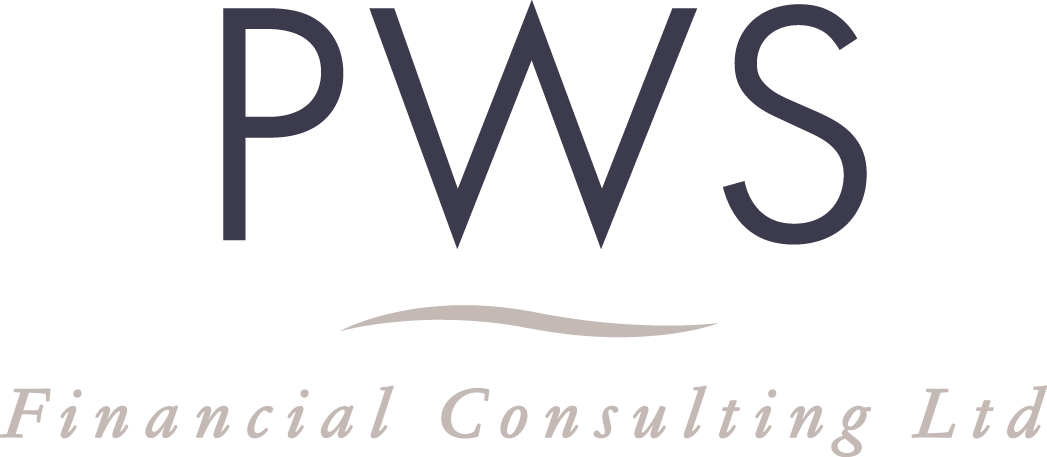The Budget announced corporation tax rates will increase from 1 April 2023.
The current understanding of the change, as set out in HMRC’s policy paper, is that:
-
The existing 19% rate will continue to apply to companies with profits of up to £50,000, subject to associated companies’ rules (This will not apply to close investment-holding companies.
-
For close investment-holding companies and companies with over £250,000 of profits, the rate of corporation tax will be 25%.
-
‘Marginal relief provisions’ will apply to companies with profits between £50,000 and £250,000 which could mean that 19% will apply to the first £50,000 of profits and 26.5% for the excess up to £250,000 (£50,000 @ 19% + £200,000 @ 26.5% = £62,500 = £250,000 @ 25%).
These changes have an impact on the bonus or dividend decision. In this post, we looked at how directors might look to extract profits from their businesses. Below we look at how the three different marginal corporation tax rates will affect the choice.
Director with sufficient earnings to be a basic rate taxpayer, no available dividend allowance and bonus kept within basic rate tax band
| Bonus | Dividend | |||
| Corporation tax rate | 19% | 26.5% | 25% | |
| Gross profit | 1,000.00 | 1,000.00 | 1,000.00 | 1,000.00 |
| Corporation tax | N/A | (190.00) | (265.00) | (250.00) |
| Dividend payable | N/A | 810.00 | 735.00 | 750.00 |
| Eer’s NIC @ 13.8% | (121.27) | N/A | N/A | N/A |
| Bonus | 878.73 | N/A | N/A | N/A |
| Eee’s NIC @ 12.0% | (105.45) | N/A | N/A | N/A |
| Tax @ 20%/7.5% | (175.75) | (60.75) | (55.13) | (56.25) |
| Net income | 597.53 | 749.25 | 679.87 | 693.75 |
The higher corporation tax rates are not enough to counter the savings in national insurance (NICs), so the dividend continues to be the better option.
Director with sufficient earnings to be a higher rate taxpayer, no available dividend allowance and bonus kept within higher rate tax band
| Bonus | Dividend | |||
| Corporation tax rate | 19% | 26.5% | 25% | |
| Gross profit | 1,000.00 | 1,000.00 | 1,000.00 | 1,000.00 |
| Corporation tax | N/A | (190.00) | (265.00) | (250.00) |
| Dividend payable | N/A | 810.00 | 735.00 | 750.00 |
| Eer’s NIC @ 13.8% | (121.27) | N/A | N/A | N/A |
| Bonus | 878.73 | N/A | N/A | N/A |
| Eee’s NIC @ 2.0% | (17.57) | N/A | N/A | N/A |
| Tax @ 40%/32.5% | (351.49) | (263.25) | (238.88) | (243.75) |
| Net income | 509.67 | 546.75 | 496.12 | 506.25 |
At the higher rate tax level, the dividend might only the better option if corporation tax is at 19%. However, this may not always be the case where the £100,000 threshold for personal allowance taper comes into play, because for each £1 of gross profit, the bonus will increase the director’s total income by more than the dividend will, implying a greater loss of allowance.
For example, consider a director with £100,000 of earnings who loses £1 of allowance for each additional £2 of income up to £125,140 of total income. The director pays an effective marginal rate of 60% (40% + 40% x .5) on bonus or 52.5% (32.5% + 40% x .5) on dividend until the taper band ends:
| Bonus | Dividend | |||
| Corporation tax rate | 19% | 26.5% | 25% | |
| Gross profit | 1,000.00 | 1,000.00 | 1,000.00 | 1,000.00 |
| Corporation tax | N/A | (190.00) | (265.00) | (250.00) |
| Dividend payable | N/A | 810.00 | 735.00 | 750.00 |
| Eer’s NIC @ 13.8% | (121.27) | N/A | N/A | N/A |
| Bonus | 878.73 | N/A | N/A | N/A |
| Eee’s NIC @ 2.0% | (17.57) | N/A | N/A | N/A |
| Tax @ 60%/52.5% | (527.24) | (425.25) | (385.88) | (393.75) |
| Net income | 333.92 | 384.75 | 349.12 | 356.25 |
Director with sufficient earnings to be an additional rate taxpayer, no available dividend allowance
| Bonus | Dividend | |||
| Corporation tax rate | 19% | 26.5% | 25% | |
| Gross profit | 1,000.00 | 1,000.00 | 1,000.00 | 1,000.00 |
| Corporation tax | N/A | (190.00) | (265.00) | (250.00) |
| Dividend payable | N/A | 810.00 | 735.00 | 750.00 |
| Eer’s NIC @ 13.8% | (121.27) | N/A | N/A | N/A |
| Bonus | 878.73 | N/A | N/A | N/A |
| Eee’s NIC @ 2.0% | (17.57) | N/A | N/A | N/A |
| Tax @ 45%/38.1% | (395.43) | (308.61) | (280.04) | (285.75) |
| Net income | 465.73 | 501.39 | 454.96 | 464.25 |
At the additional rate tax level, the dividend is again only the better option if corporation tax is at 19%.
The new corporation tax rates, if they come into being, will make dividends less attractive in many instances.





